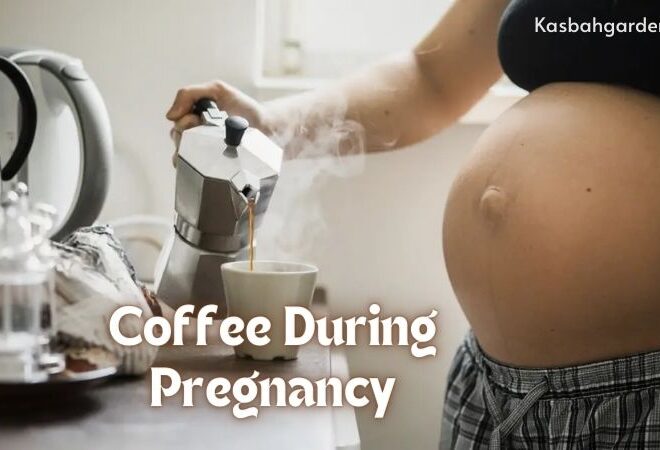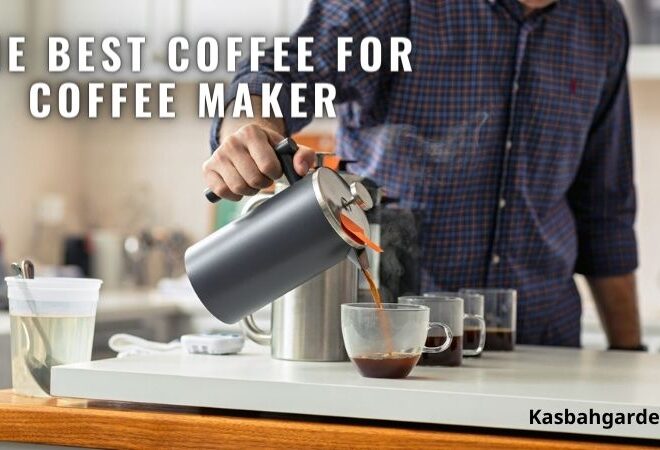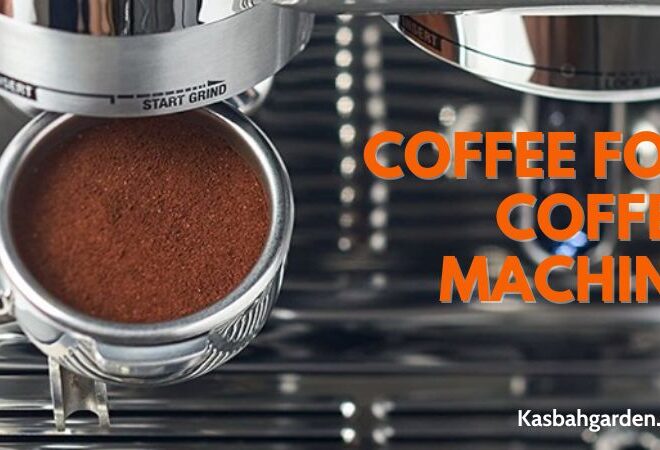The Ultimate Guide to the Strongest Coffee Varieties
The Science of Strength
Two key factors determine the strength of coffee:
- Caffeine Content – The concentration of caffeine compounds.
- Flavor Intensity – The perceived strength of taste and aroma.
While related, these two attributes don’t always align – some coffees have bold flavor with low caffeine, while others are very caffeinated but mild in taste.
Caffeine Content Explained
Caffeine content primarily depends on:
- Bean Type: Robusta beans contain nearly twice as much caffeine as Arabica varieties.
- Roast Level: Caffeine is reduced by roasting – the darker the roast, the less caffeine remains.
- Brew Method: Different techniques extract more or less caffeine from the grounds.
This table compares caffeine levels by brewing method:
|
Brew Method |
Caffeine Content (mg per cup) |
|
Drip |
90-200mg |
|
French Press |
80-135mg |
|
Espresso |
240-720mg |
|
Cold Brew |
153-238mg |
As you can see, espresso delivers the biggest caffeine jolt by concentrating the beans into a short, strong shot.
Flavor vs. Caffeine
While often related, a coffee’s flavor strength does not always predict its caffeine content. For example:
- Dark roasts have robust, bitter flavor but lower caffeine due to the length of roasting.
- Light roasts are mild in taste yet can be high in caffeine.
When brewing strong coffee, consider both flavor and caffeine goals. Do you want an intense sensory experience or a powerful buzz? Finding the right balance is key.
Bean Selection and Coffee Types
The coffee bean itself is the starting point for creating strong brews. Choosing the right beans makes all the difference.
Arabica vs. Robusta
The two primary coffee species have distinct properties:
- Arabica beans have about half the caffeine of Robusta with sweeter, more complex flavor. They make up 70% of global coffee production.
- Robusta beans contain nearly double the caffeine but have a harsher, rubbery taste. They account for 30% of coffee produced.
Robusta is utilized more often for strong coffee, though many blends combine it with Arabica.
Geographical Origins
A bean’s origin impacts its strength profile:
- African coffees like Ethiopian and Kenyan offer intense fruit and floral flavors.
- Latin American beans from Colombia and Brazil tend to have lower acidity with notes of nuts and caramel.
- Indonesian coffees are bold, earthy, and herbaceous.
Processing Methods
How the bean is processed after harvesting also affects strength:
- The washed or wet method produces a cleaner, brighter cup.
- Natural or dry processing results in bolder flavor but can introduce defects.
Keep processing in mind when selecting beans for strong coffee.
Roasting and Grinding for Strength
Proper roasting and grinding are equally vital for delivering a potent cup.
Understanding Roasts
Roast level impacts a coffee’s caffeine content and flavor:
- Light roasts retain more caffeine and have mild, tea-like tastes.
- Medium roasts offer balanced flavor with moderate caffeine levels.
- Dark roasts have robust, bittersweet flavor but less caffeine after prolonged heating.
Grind Size Matters
The grind size should be matched to the brew method:
- Fine grinds work well for espresso, maximizing extraction.
- Medium grinds are ideal for drip machines and pour over.
- Coarse grinds allow thorough water contact for French press.
Using the right grind prevents over or under extraction, improving flavor and strength.
Advanced Brewing Techniques
Each brew method offers its own advantages for crafting strong coffee:
Brew Methods Compared
|
Method |
Strength Profile |
|
Espresso |
Highest caffeine, strong but quick flavor |
|
Cold Brew |
Smooth with moderate caffeine |
|
French Press |
Richly textured, robust flavor |
|
Drip |
Reliable, consistent, medium strength |
|
Pour Over |
Allows flavor nuance, medium-high caffeine |
Water Quality and Temperature
Proper water is crucial for extraction. Ideal water has:
- Moderate mineral content
- An alkaline pH around 7
- A temperature between 195°F-205°F
Cooler water under extracts, while boiling depletes delicate flavors.
DIY Roasting and Blending
For ultimate customization:
- Home roast beans to control strength and acidity.
- Create blends mixing beans for balanced flavor.
This hands-on approach allows personalized strong coffee.
The Strongest Coffees

The Strongest Coffee Brands and Types
- Caffeine: 1105 mg per 12 fl oz brewed.
- Bean type: 80% Robusta, 20% Arabica.
- Known for its high caffeine content, Black Insomnia is considered one of the strongest coffees globally.
Very Strong Coffee by Great British Trading:
- Caffeine: 1350 mg per 12 fl oz brewed.
- Bean type: 100% Robusta.
- This coffee offers a significant dose of caffeine, making it one of the most potent options in the UK.
Devils Brew Extreme Caffeine Coffee (UK):
- Caffeine: 1325-1350 mg per 12 fl oz brewed.
- Bean type: Robusta.
- Known for its powerful blend, this UK brand is recognized for its high caffeine content
High Voltage Coffee (AU):
- Caffeine: 1150 mg per 12 fl oz brewed.
- This Australian brand boasts being the strongest coffee in Australia, with a bean blend that aims to avoid bitterness often associated with highly caffeinated coffees
The Strongest Coffee Types
- Espresso: Espresso is known to make the strongest coffee overall due to its concentration, taste, and caffeine content.
- Robusta Beans: Robusta beans have a higher caffeine content (2.5% – 2.7%) compared to Arabica beans (around 1.5%), making them a popular choice for strong coffees.
- Brewing Methods: The strength of coffee can be influenced by factors like the ratio of coffee to water, grind size, roast type, and brew time. For instance, a finer grind can lead to a more concentrated and flavorful brew.
Health Considerations
While providing many benefits, strong coffee should be enjoyed moderately:
- Up to 400mg caffeine daily is considered safe for most healthy adults. Listen to your own body’s limits.
- Check with your doctor about caffeine interactions with medications.
- Hydrate with water to counter dehydration.
- Allow time to build a tolerance if you’re sensitive to caffeine.
Overall, strong coffee as part of a balanced diet is perfectly healthy.
The Decaf Dilemma
For those avoiding caffeine, decaf can still provide robust flavor:
- Look for Swiss-water processed beans to preserve taste best.
- Opt for medium-dark roasts for bolder yet smooth flavor.
- Cold brew decaf for reduced acidity.
With care, decaf can still satisfy a strong coffee craving.
Cultural Perspectives on Strong Coffee
Strong coffee holds an important cultural role worldwide:
- Turkish coffee, famed for its richness, is prepared with very finely ground beans.
- In Ethiopia, intense brews are an integral part of ceremonies and communal life.
- The early American diner culture centered around endless refills of strong filtered coffee.
- In Italy, thick, syrupy espresso provides a quick caffeinated pick-me-up.
Understanding this cultural heritage enhances our own strong coffee experiences.
Customizing Your Strong Brew
You can fine-tune any strong coffee to your taste:
Cream, Sugar and Flavor
Additions like cream and sugar can mellow harsh acids in dark roasts. Flavored creamers like vanilla or hazelnut accentuate certain bean characteristics.
The Single Serve Conundrum
Machines like Keurig can struggle to achieve strong flavor. Use the boldest pod variety on the strongest setting. Re-brewing the same pod helps too!
Proper Equipment Maintenance
Over time, oils can clog equipment. Backflushing espresso machines or vinegar cleaning a drip brewer optimizes extraction. Replace filters regularly too.
Don’t be afraid to experiment with customizations to craft your perfect strong brew!
Conclusion
The quest for excellent strong coffee is a complex yet rewarding journey. With an understanding of proper bean selection, roasting, grinding, and brewing, anyone can unlock the full potential flavor and caffeine packed into coffee’s magical beans. Stay curious about new varieties and methods – there’s always more to discover for the strong coffee fanatic!
Frequently Asked Questions
What about cold brew? Can it be strong?
Yes! Use a coarse grind and extend brew time up to 24 hours. Dilute concentrated cold brew with water to taste.
Is dark roast stronger than light roast?
No – actually the opposite is true! Dark roasts lose more caffeine to longer roasting but taste stronger.
Which has more caffeine, Arabica or Robusta beans?
Robusta beans contain nearly double the caffeine of Arabica – around 2.2% vs 1.2% by weight.
Is strong coffee bad for you?
In moderation, strong coffee is perfectly healthy! Limit intake to 400mg of caffeine per day maximum.
What’s the best gear for brewing strong coffee?
Burr grinders, French press, and espresso machines give the most control over parameters for a strong brew.



What is the strongest coffee out there?
Death Wish coffee is pretty strong if you’re looking for store bought.
What’s the strongest coffee you’ve ever had?
although i did sense that deathwish has a bit more punch to it than my usual stuff, i think the strongest cup i ever had was probably something i made. I use to do shots in the dark with regular coffee for the drip and i made that wicked strong. i wouldn’t measure half the time, just fill up the basket and throw a doubleshot in the cup.
Is Death Wish coffee actually that strong?
I had some gifted to me and it was noticeably stronger than average coffee. I’d end up drinking one cup and feeling slightly jittery.